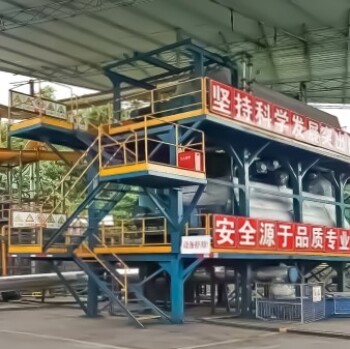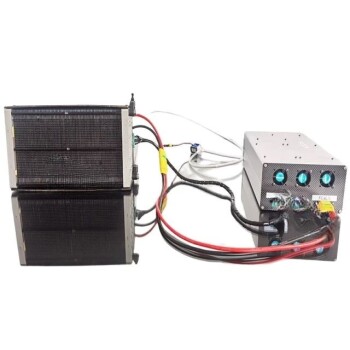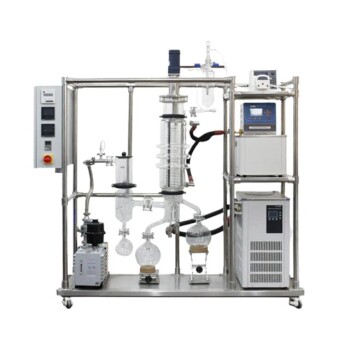Catalytic conversion of biomass is a process that uses catalysts to enhance the pyrolysis of biomass.
The goal is to produce upgraded pyrolysis products with lower oxygen content and higher heating value.
This method is particularly useful for addressing the limitations of direct pyrolysis products from raw biomass.
Direct pyrolysis often results in products with high oxygen content, leading to issues like high corrosiveness and low energy efficiency.
What is Catalytic Conversion of Biomass? 5 Key Points Explained

1. Pyrolysis of Biomass
Pyrolysis is a thermochemical process where biomass is heated in the absence of oxygen.
It decomposes into various products including char, condensable vapors, and non-condensable gases.
The primary challenge with direct pyrolysis is the high oxygen content in the products, which affects their quality and usability.
2. Introduction of Catalysts
To overcome the limitations of direct pyrolysis, catalysts are introduced into the process.
These catalysts facilitate the breakdown of biomass components (hemicellulose, cellulose, and lignin) more selectively.
This leads to the production of products with reduced oxygen content.
The reduction in oxygen content significantly improves the heating value and reduces the corrosiveness of the products.
3. Types of Products and Their Uses
The catalytic pyrolysis of biomass can yield a variety of products, including biofuels, bio-oil, bio-char, and synthetic natural gas (SNG).
Each of these products has specific applications:
- Biofuels: Similar to diesel fuel, these can be used in engines and boilers.
- Bio-oil: Used as a fuel or chemical feedstock.
- Bio-char: Used as a soil amendment to improve fertility.
- SNG: Used as a substitute for natural gas.
4. Global Examples and Research
Various companies and research institutions around the world are developing and refining catalytic pyrolysis processes for biomass conversion.
For instance, Haldor Topsøe in Denmark and Showa Denko K.K in Japan have developed processes to convert biomass into biofuels and bio-oil, respectively.
In the United States, Rentech has developed a process to produce SNG from biomass.
5. Role in Renewable Energy and Sustainability
Catalytic conversion of biomass plays a crucial role in the renewable energy sector.
It provides a sustainable alternative to fossil fuels.
It contributes to reducing dependence on non-renewable resources and supports a more sustainable energy mix.
Continue exploring, consult our experts
Discover the future of sustainable energy with KINTEK SOLUTION's cutting-edge catalytic biomass conversion technology.
Elevate your biomass pyrolysis process with our premium catalysts, designed to optimize selectivity and improve the quality of your pyrolysis products, resulting in cleaner, more efficient biofuels and renewable feedstocks.
Join the movement towards a greener, more sustainable energy future with KINTEK SOLUTION—your partner in eco-friendly innovation.
Get in touch today to transform your biomass and step into a new era of clean energy!











